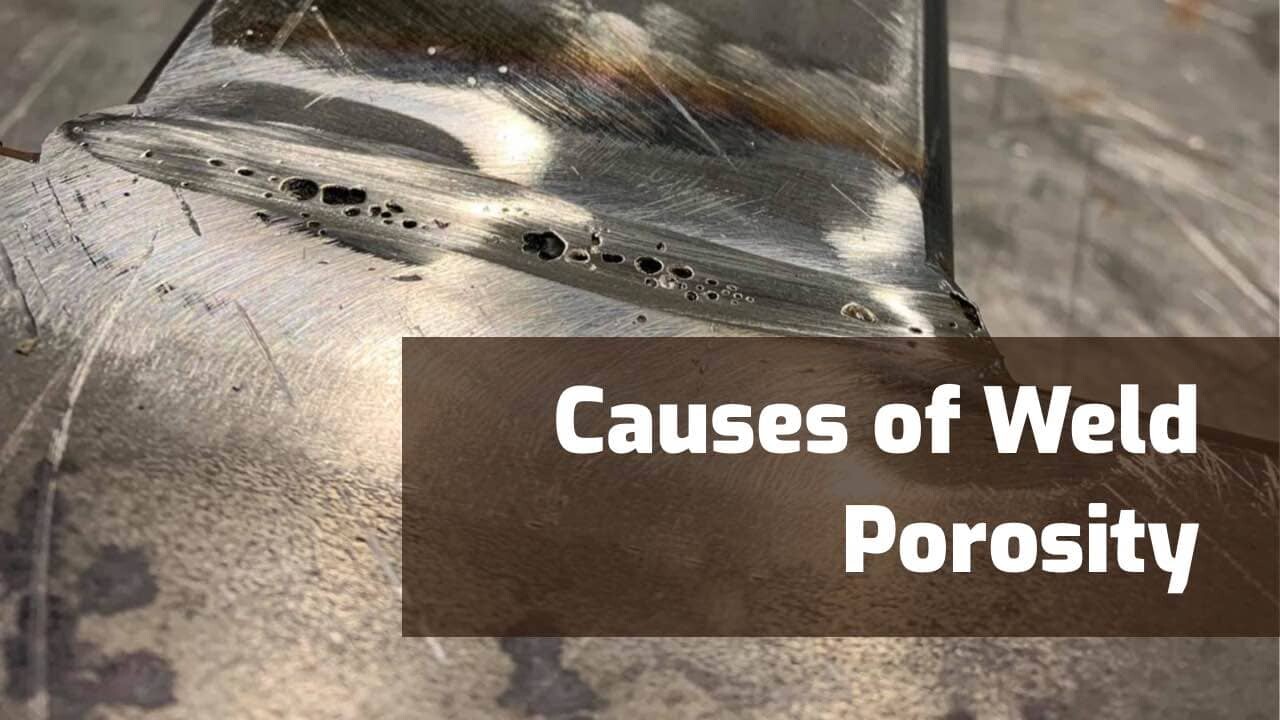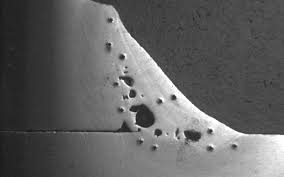Deciphering the Secret of Porosity in Welding: Tips for Decreasing Defects and Making The Most Of Quality
In the complex world of welding, porosity continues to be a persistent challenge that can considerably influence the top quality and honesty of bonded joints. As we delve into the midsts of porosity in welding, revealing the tricks to its prevention and control will be critical for specialists looking for to master the art of premium weldments.
Understanding Porosity in Welding
Porosity in welding, a typical issue come across by welders, describes the existence of gas pockets or gaps in the welded product, which can jeopardize the integrity and quality of the weld. These gas pockets are commonly caught throughout the welding process due to different factors such as inappropriate protecting gas, infected base materials, or wrong welding parameters. The development of porosity can compromise the weld, making it at risk to breaking and rust, eventually resulting in structural failings.
By identifying the importance of maintaining correct gas protecting, making certain the cleanliness of base materials, and optimizing welding setups, welders can dramatically reduce the chance of porosity formation. On the whole, an extensive understanding of porosity in welding is necessary for welders to produce premium and resilient welds.

Usual Root Causes Of Porosity
When examining welding procedures for possible top quality problems, comprehending the typical reasons of porosity is vital for maintaining weld honesty and stopping architectural failings. Porosity, defined by the visibility of dental caries or voids in the weld metal, can substantially jeopardize the mechanical residential properties of a welded joint.
Additionally, welding at incorrect specifications, such as excessively high travel rates or currents, can produce extreme disturbance in the weld swimming pool, capturing gases and triggering porosity. By addressing these usual causes with correct gas securing, material prep work, and adherence to optimal welding criteria, welders can lessen porosity and enhance the quality of their welds.
Techniques for Porosity Prevention
Executing efficient precautionary actions is important in reducing the occurrence of porosity in welding processes. One method for porosity prevention is making sure appropriate cleansing of the base metal prior to welding. Impurities such as oil, grease, rust, and paint can bring about porosity, so complete cleaning utilizing appropriate solvents or mechanical methods is necessary.

Another trick safety net is the option of the right welding consumables. Utilizing top notch filler products and protecting gases that appropriate for the base steel and welding process can dramatically minimize the danger of porosity. Additionally, preserving proper welding specifications, such as voltage, existing, take a trip rate, and gas flow price, is important for porosity avoidance. Differing the recommended settings can lead to incorrect gas coverage and poor fusion, resulting in porosity.
In addition, utilizing correct welding strategies, such as preserving a consistent travel rate, electrode angle, and arc length, can assist avoid porosity (What is Porosity). Ample training of welders to guarantee they comply with finest practices and high quality control treatments is also necessary in lessening porosity problems in welding

Finest Practices for Top Quality Welds
Guaranteeing adherence to industry requirements and proper weld joint prep work are fundamental facets of achieving continually top quality welds. In enhancement to these foundational steps, there are several ideal techniques that welders can implement to additionally improve the quality of their welds. One key technique is keeping correct sanitation in the welding location. click now Contaminants such as oil, grease, corrosion, and paint can adversely affect the quality of the weld, bring about flaws. Completely cleaning the workpiece and bordering location before welding can aid minimize these problems.
Another ideal practice is to very carefully select the proper welding specifications for the details materials being signed up with. Appropriate specification option makes certain ideal weld penetration, blend, and home total top quality. Utilizing top notch welding consumables, such as electrodes and filler steels, can considerably influence the last weld quality.
Significance of Porosity Control
Porosity control plays an important role in ensuring the integrity and high quality of welding joints. Porosity, identified by the existence of cavities or gaps within the weld steel, can considerably compromise the mechanical properties and architectural integrity of the weld. Too much porosity compromises the weld, making it extra at risk to cracking, deterioration, and overall failing under operational loads.
Effective porosity control is vital for maintaining the preferred mechanical properties, such as strength, ductility, and toughness, of the welded joint. What is Porosity. By reducing porosity, welders can enhance the general top quality great post to read and reliability of the weld, guaranteeing that it satisfies the efficiency needs of the intended application
Additionally, porosity control is vital for achieving the preferred visual appearance of the weld. Excessive porosity not just damages the weld yet likewise diminishes its aesthetic allure, which can be crucial in markets where visual appeals are essential. Proper porosity control methods, such as using the proper securing gas, managing the welding parameters, and making certain correct sanitation of the base materials, are vital for generating premium welds with very little defects.

Final Thought
In final thought, porosity in welding is a common problem that can jeopardize the high quality of the weld. By comprehending the sources of porosity and executing appropriate avoidance methods, welders can decrease problems and accomplish higher top quality welds. It is important to control porosity in welding to guarantee the honesty and stamina of the end product. Implementing ideal techniques for porosity control is essential for achieving ideal welding results.
Comments on “Comprehensive Overview: What is Porosity in Welding and Exactly How to Prevent It”